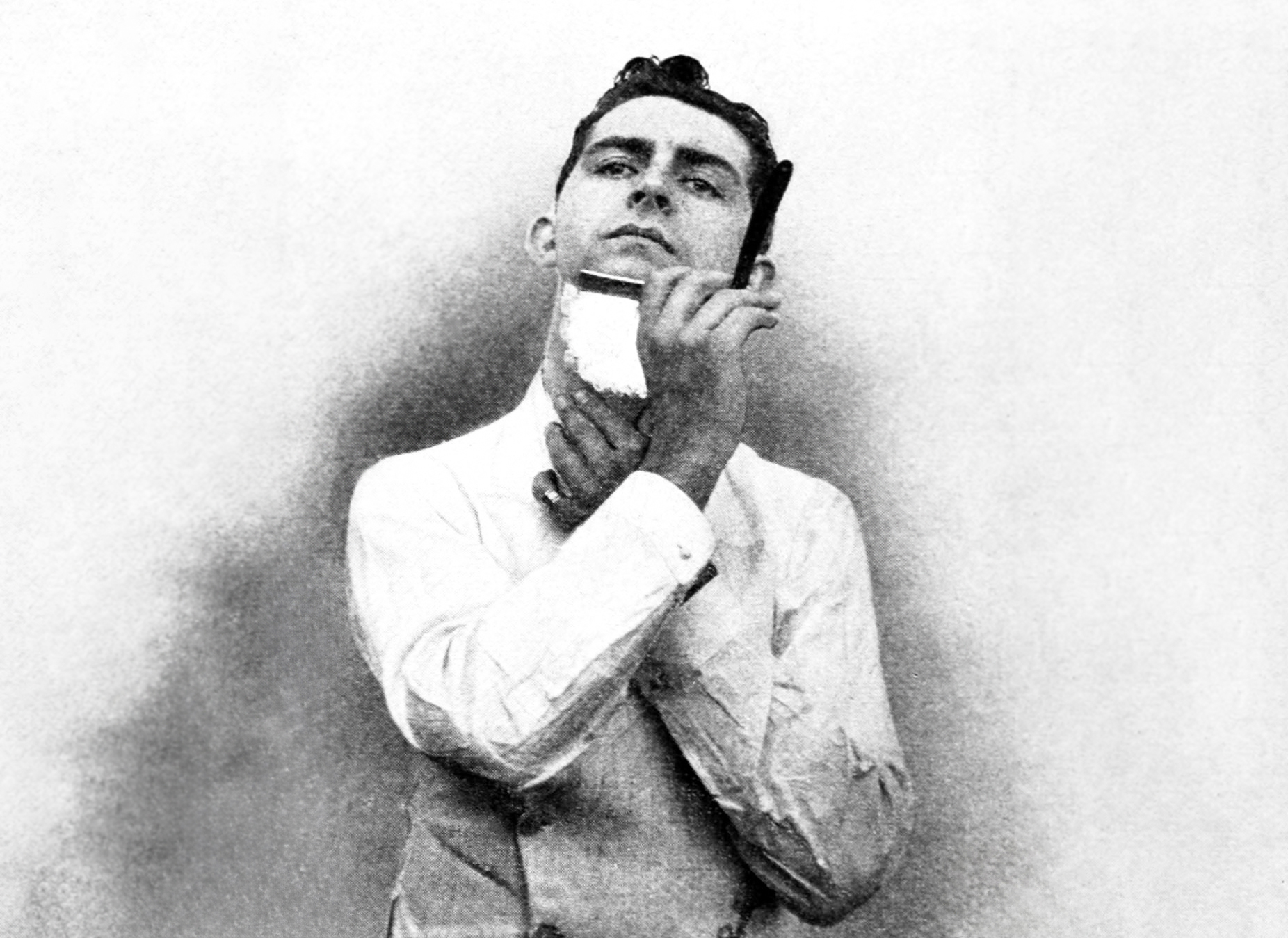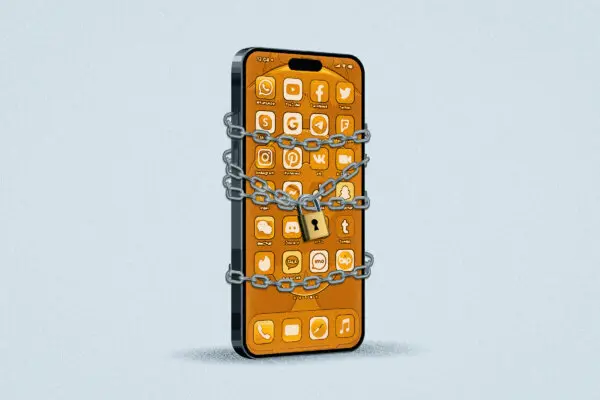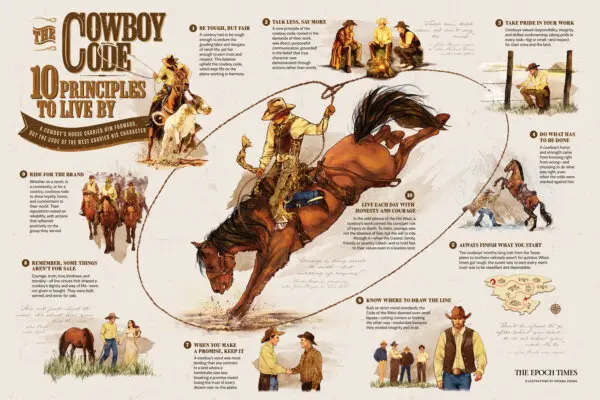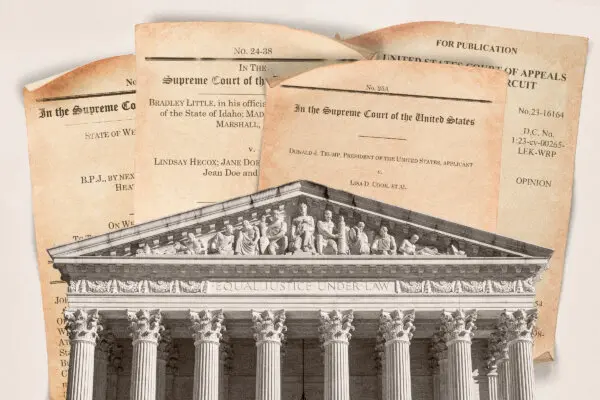Men have been searching for the perfect shave for millennia. The earliest razors have been found in fourth-millennium-B.C. Egyptian tombs—and were made of solid gold and copper.
Here’s How to Achieve the Perfect Shave
Despite many male actors sporting five o’clock shadows, a quick glance around suggests clean-shaven faces are making a comeback, along with straight razors.
Save

A vintage illustration of a man shaving with a straight razor. X3A Collection/Alamy Stock Photo









